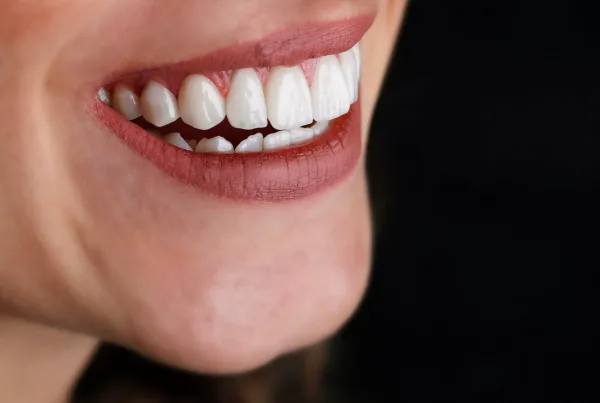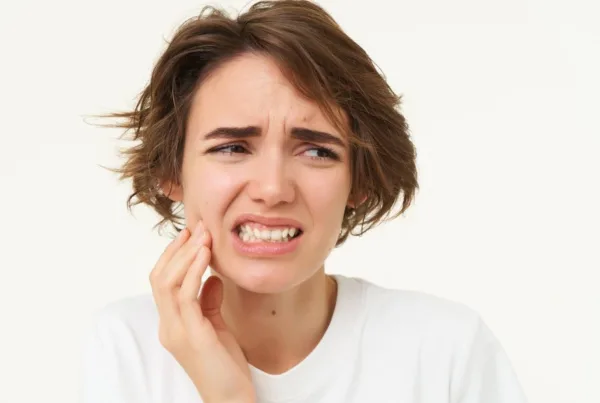Toothpaste typically comes with an expiration date, although it’s important to note that toothpaste doesn’t actually “expire” in the same way that perishable food items do. Instead, the expiration date on toothpaste is more of a guideline for the product’s optimal freshness and effectiveness. After the expiration date, the toothpaste may start to lose its potency and some of its active ingredients might become less effective.
The expiration date on toothpaste is usually printed on the packaging, often at the crimped end of the tube or on the box. It’s important to use toothpaste within a reasonable time frame to ensure that you’re getting the most benefit from its ingredients. After the expiration date, the toothpaste might still be safe to use, but its effectiveness could be reduced.
If you’re unsure about the status of your toothpaste, you can consider the following general guidelines:
- Check the Appearance: If the toothpaste has changed in color, consistency, or smell, it might be an indication that it’s no longer suitable for use.
- Check for Separation: If you notice any separation of the ingredients in the toothpaste, it’s a sign that the product might be past its prime.
- Evaluate the Effectiveness: If you’re using toothpaste that is beyond its expiration date and you’re not experiencing the usual fresh feeling after brushing, it might be time to replace it.
- Consider Specialized Toothpastes: Some toothpastes, such as those containing specific active ingredients like fluoride or desensitizing agents, might become less effective over time. If you’re using toothpaste for a specific dental concern, it’s a good idea to stick to fresh products.
As a general practice, it’s recommended to use toothpaste within 1-2 years of its manufacturing date or the date of purchase. If you find that you have toothpaste that is significantly past its expiration date or you’re unsure about its quality, it’s better to replace it with a new tube to ensure that you’re getting the best results for your oral hygiene routine.





